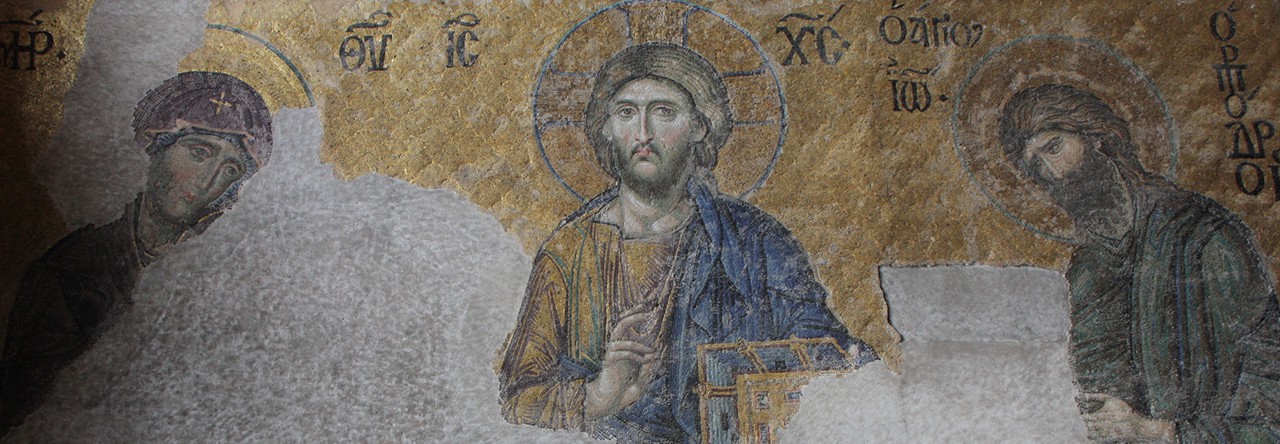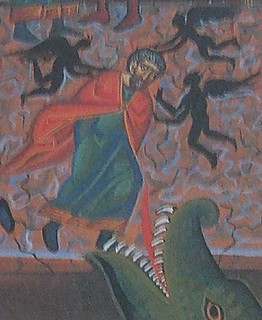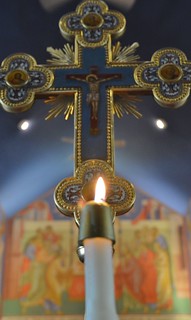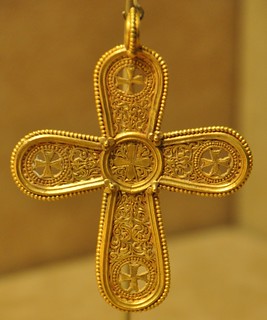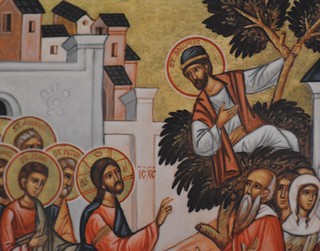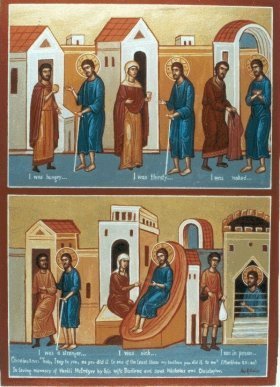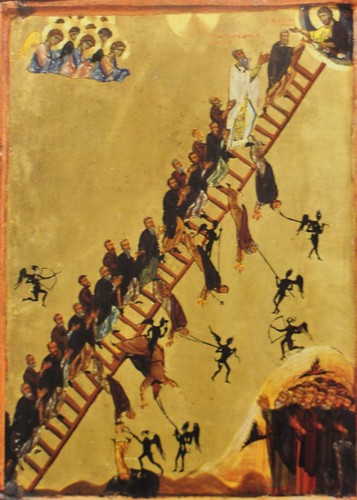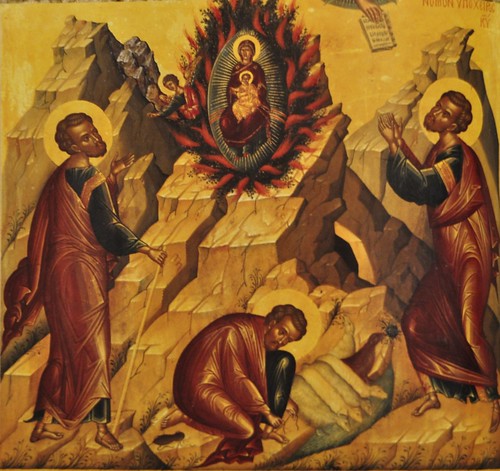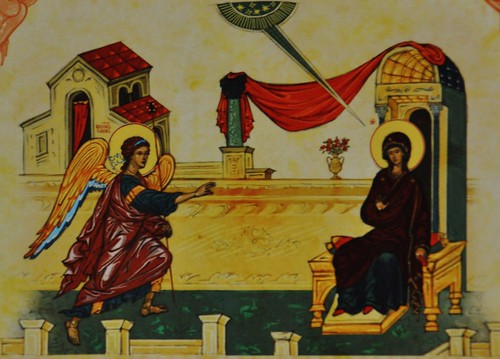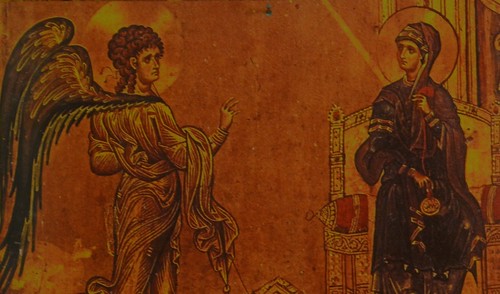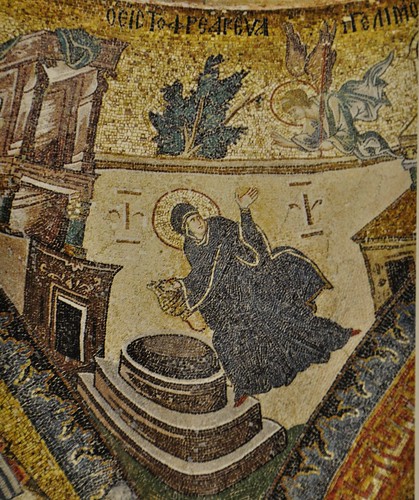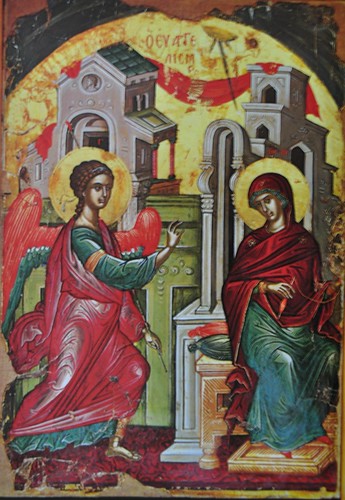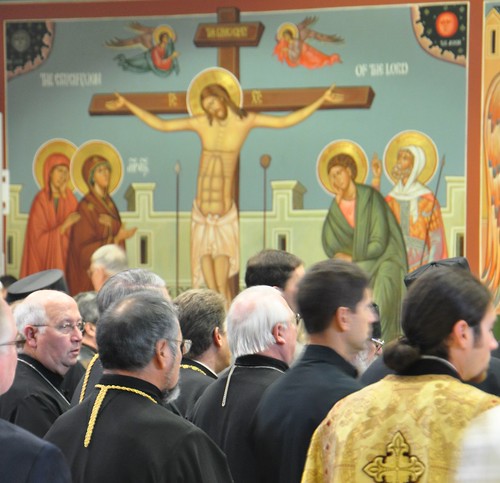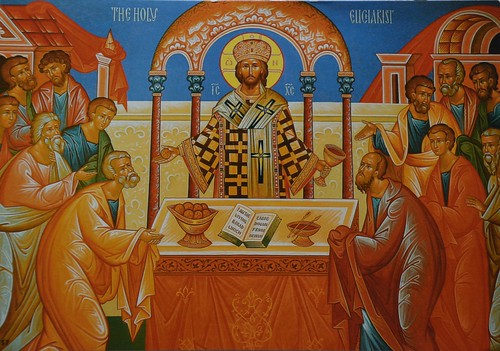 St. John of Kronstadt writes that we can take Great Lent seriously while rejoicing in our Christian way of life if we remind ourselves that the world is our temporary home, not the only life we will know. If we think the world is all there is we cling to it and try to drain every drop of life out of every little thing. When we truly believe in God’s Kingdom, we realize life on earth is only a tiny portion of all that exists, and that life is very short compared to the eternity in the afterlife. His thoughts are a good mediation as we honor St. Mary of Egypt on the 5th Sunday of Great Lent.
St. John of Kronstadt writes that we can take Great Lent seriously while rejoicing in our Christian way of life if we remind ourselves that the world is our temporary home, not the only life we will know. If we think the world is all there is we cling to it and try to drain every drop of life out of every little thing. When we truly believe in God’s Kingdom, we realize life on earth is only a tiny portion of all that exists, and that life is very short compared to the eternity in the afterlife. His thoughts are a good mediation as we honor St. Mary of Egypt on the 5th Sunday of Great Lent.
 “The material objects to which we attach ourselves in our hearts, which we passionately desire or grudge others, kill the soul by withdrawing it from God, the Source of life. The heart out to be always in God, Who is the inexhaustible Source of spiritual and material life: for who is the author of the existence of all creatures, and of organic, vegetable and animal life, of the existence, order and life of all worlds, both great and small? The Lord God. We must look upon everything material as dross, as unimportant, as nothingness, as transitory, destructible, corruptible, and evanescent, and pay attention to the invisible, single immortal soul which cannot be destroyed: “To despise the flesh, for it passeth away, and to take care for the soul, the thing immortal.” [*Hymn for St. Mary of Egypt – see below] Prove this by your deeds: fast, gladly bestow charity upon the poor, entertain guests heartily; do not grudge anything to those who belong to your household, zealously read the Word of God, pray, repent, lament your sins, strive with all your might after holiness, meekness, humility, patience and obedience.” (My Life in Christ, pp. 175-176)
“The material objects to which we attach ourselves in our hearts, which we passionately desire or grudge others, kill the soul by withdrawing it from God, the Source of life. The heart out to be always in God, Who is the inexhaustible Source of spiritual and material life: for who is the author of the existence of all creatures, and of organic, vegetable and animal life, of the existence, order and life of all worlds, both great and small? The Lord God. We must look upon everything material as dross, as unimportant, as nothingness, as transitory, destructible, corruptible, and evanescent, and pay attention to the invisible, single immortal soul which cannot be destroyed: “To despise the flesh, for it passeth away, and to take care for the soul, the thing immortal.” [*Hymn for St. Mary of Egypt – see below] Prove this by your deeds: fast, gladly bestow charity upon the poor, entertain guests heartily; do not grudge anything to those who belong to your household, zealously read the Word of God, pray, repent, lament your sins, strive with all your might after holiness, meekness, humility, patience and obedience.” (My Life in Christ, pp. 175-176)
 The Troparion for St. Mary of Egypt:
The Troparion for St. Mary of Egypt:
The image of God was truly preserved in you, O Mother, for you took up the Cross and followed Christ. By so doing, you taught us to disregard the flesh, for it passes away; but to care instead for the soul, since it is immortal. Therefore your spirit, O Holy Mother Mary, rejoices with the angels.
